INTROCommon Terms:
NVG: Night Vision Goggle
NOD: Night Observation Device
Monocular: A single tube NOD designed for the use of only one eye
Duals: Generally a two monocular system used with both eyes.
DBAL: Dual Beam Aiming Laser
ATPIAL: Advanced Target Pointer/Illuminator Aiming Laser
Class C / Class 1: C refers to Commercial, which falls under the FDA power output legal for NEW civilian purchase. Generally eye safe, however I will expand upon this later.
Restricted: A laser device with an output that the FDA has deemed non-eye safe
Tube: Refers to the intensifier tube inside the goggle.
PVS: Passive Vision Sight
USESMisconceptionsThe Foundation: The Helmet.
Most people are not used to wearing several pounds of gear on their head. It is for this reason that especially in the beginning, I cannot stress buying a quality helmet with a suspension system enough. Good helmets on the market include Team Wendy, Ops Core, MTEK, and Crye. Team Wendy and Ops Core both utilize a tightening ratchet system that evenly snugs down around your head. What this does for you is allow your chinstrap to not be ran as tight, and is more stable. Stability adds to comfort for extended wear. People get in the weeds about ballistic vs bump. I use a vented Team Wendy bump due to the ventilation, adding comfort during hours of use. MTEK is relatively new on the market, however they have good feedback and Team Wendy and Ops Core both sell suspension inserts should you find the desire to make the modification. Regarding the Crye Airframe, it is an odd duck in the ballistic market as it has a rear-top ventilation cut. Do not skimp on the helmet with a protec. While serviceable, you will regret it as soon as you try a TW or Ops Core.
BOA suspension closure on the rear of the Team Wendy:
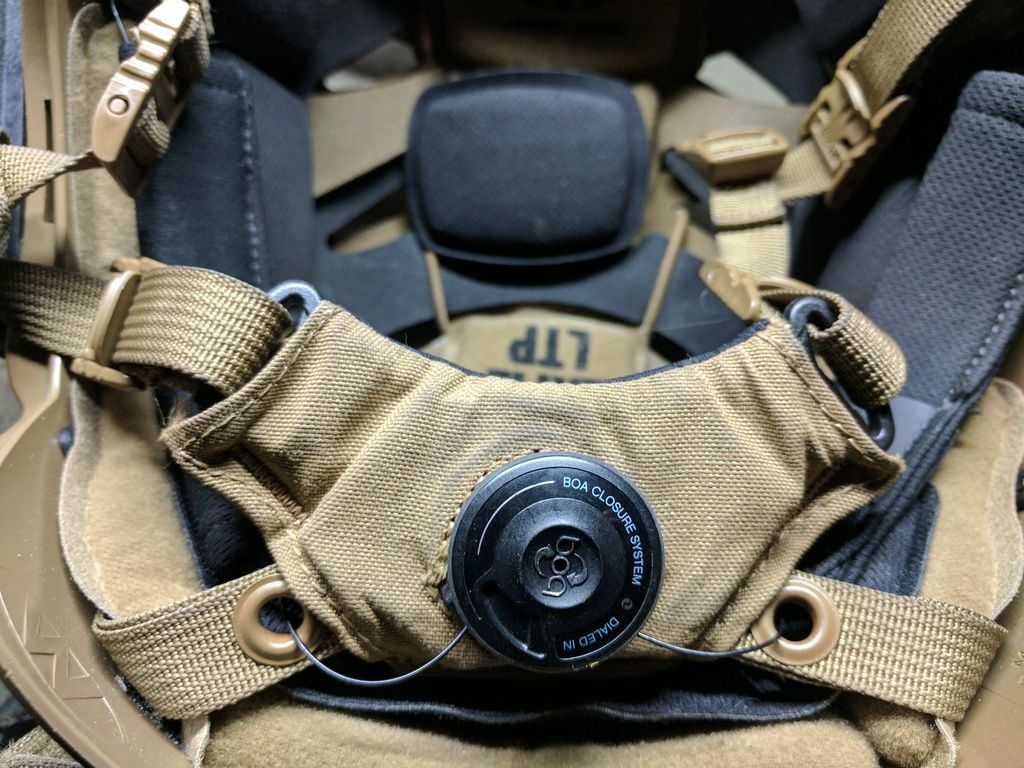
The Shroud:
The shroud is the next piece of the puzzle. It is a rather flat plate interface that mounts to the front of the helmet via one or three screws. These can be purchased in a combo deal with mounts. Never drill into a ballistic helmet, though most should come pre drilled for shrouds. Confirm the helmet hole pattern matches the pattern of the shroud.
While this is an integrated shroud, most will be mounted via screws.

Example of a 3 Hole shroud:

Pre-Drilled 3 Hole Pattern:
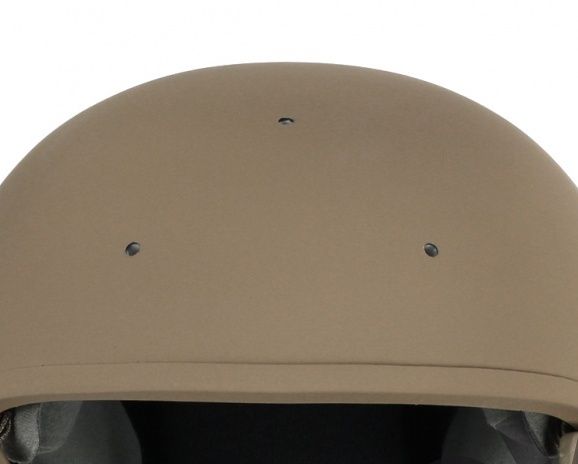
The Mount:
This is the hinged part that deploys or stows your NVG. Most people starting out go with the Rhino II, however Norotos and Wilcox have definite advantages. With mounts, your differences will generally be Force to Overcome or a button engagement. I prefer the button engagement on the G24, however the Rhino II and Wilcox G11 Force to Overcome mounts have served many people well. While mounts can get very expensive, keep in mind it is responsible for holding a rather expensive piece of hardware. Regarding the last major differences, you have Bayonet Horn (Rhino II, G11, etc) and Dovetail (Wilcox G24, Norotos INVG, etc.). These are the different designs in which the J-Arm will click and engage into the mount. It is the most common point for separating the monocular from the mount. The mount is where the height, angle, and distance from eye will be set and fit to your head
Wilcox G24:


Dovetail next to dovetail J Arm

A Wilcox G11. Note the added depth of the bayonet mount engagement compared to the above dovetail.

NVG: Night Vision Goggle
NOD: Night Observation Device
Monocular: A single tube NOD designed for the use of only one eye
Duals: Generally a two monocular system used with both eyes.
DBAL: Dual Beam Aiming Laser
ATPIAL: Advanced Target Pointer/Illuminator Aiming Laser
Class C / Class 1: C refers to Commercial, which falls under the FDA power output legal for NEW civilian purchase. Generally eye safe, however I will expand upon this later.
Restricted: A laser device with an output that the FDA has deemed non-eye safe
Tube: Refers to the intensifier tube inside the goggle.
PVS: Passive Vision Sight
USESMisconceptionsThe Foundation: The Helmet.
Most people are not used to wearing several pounds of gear on their head. It is for this reason that especially in the beginning, I cannot stress buying a quality helmet with a suspension system enough. Good helmets on the market include Team Wendy, Ops Core, MTEK, and Crye. Team Wendy and Ops Core both utilize a tightening ratchet system that evenly snugs down around your head. What this does for you is allow your chinstrap to not be ran as tight, and is more stable. Stability adds to comfort for extended wear. People get in the weeds about ballistic vs bump. I use a vented Team Wendy bump due to the ventilation, adding comfort during hours of use. MTEK is relatively new on the market, however they have good feedback and Team Wendy and Ops Core both sell suspension inserts should you find the desire to make the modification. Regarding the Crye Airframe, it is an odd duck in the ballistic market as it has a rear-top ventilation cut. Do not skimp on the helmet with a protec. While serviceable, you will regret it as soon as you try a TW or Ops Core.
BOA suspension closure on the rear of the Team Wendy:

The Shroud:
The shroud is the next piece of the puzzle. It is a rather flat plate interface that mounts to the front of the helmet via one or three screws. These can be purchased in a combo deal with mounts. Never drill into a ballistic helmet, though most should come pre drilled for shrouds. Confirm the helmet hole pattern matches the pattern of the shroud.
While this is an integrated shroud, most will be mounted via screws.

Example of a 3 Hole shroud:

Pre-Drilled 3 Hole Pattern:

The Mount:
This is the hinged part that deploys or stows your NVG. Most people starting out go with the Rhino II, however Norotos and Wilcox have definite advantages. With mounts, your differences will generally be Force to Overcome or a button engagement. I prefer the button engagement on the G24, however the Rhino II and Wilcox G11 Force to Overcome mounts have served many people well. While mounts can get very expensive, keep in mind it is responsible for holding a rather expensive piece of hardware. Regarding the last major differences, you have Bayonet Horn (Rhino II, G11, etc) and Dovetail (Wilcox G24, Norotos INVG, etc.). These are the different designs in which the J-Arm will click and engage into the mount. It is the most common point for separating the monocular from the mount. The mount is where the height, angle, and distance from eye will be set and fit to your head
Wilcox G24:


Dovetail next to dovetail J Arm

A Wilcox G11. Note the added depth of the bayonet mount engagement compared to the above dovetail.



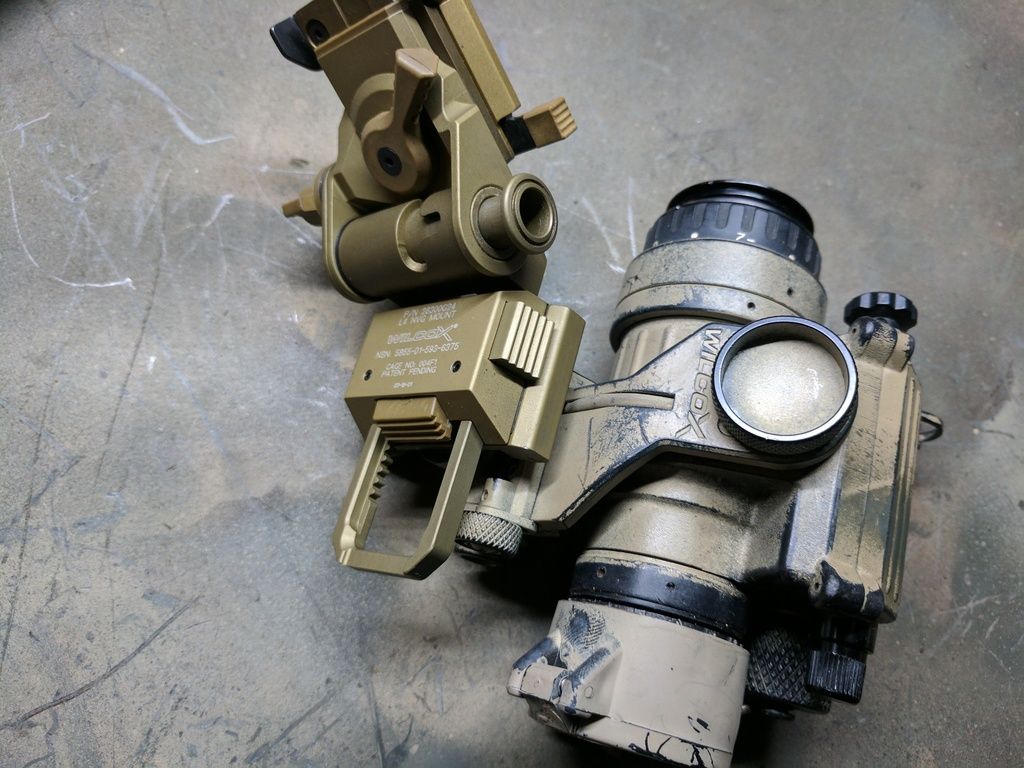


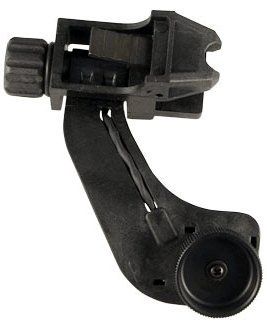

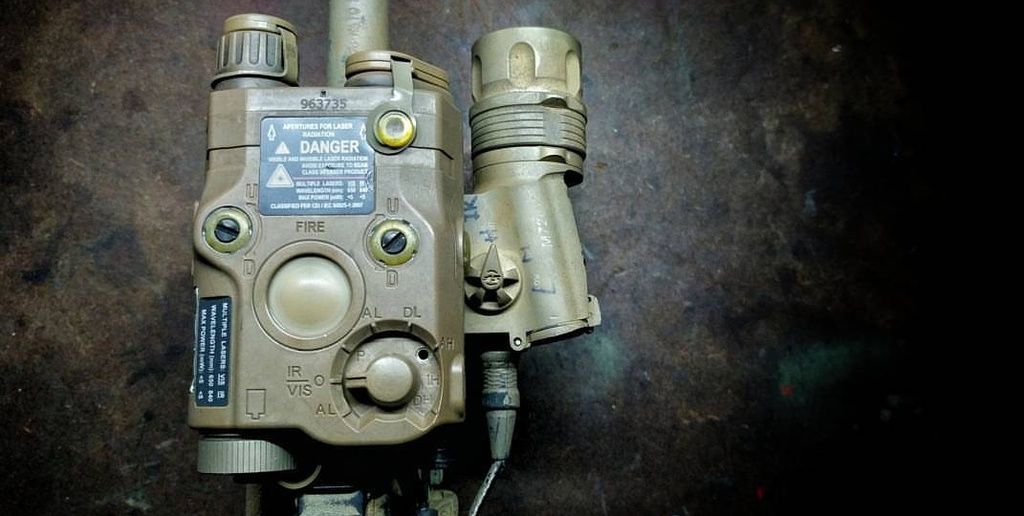
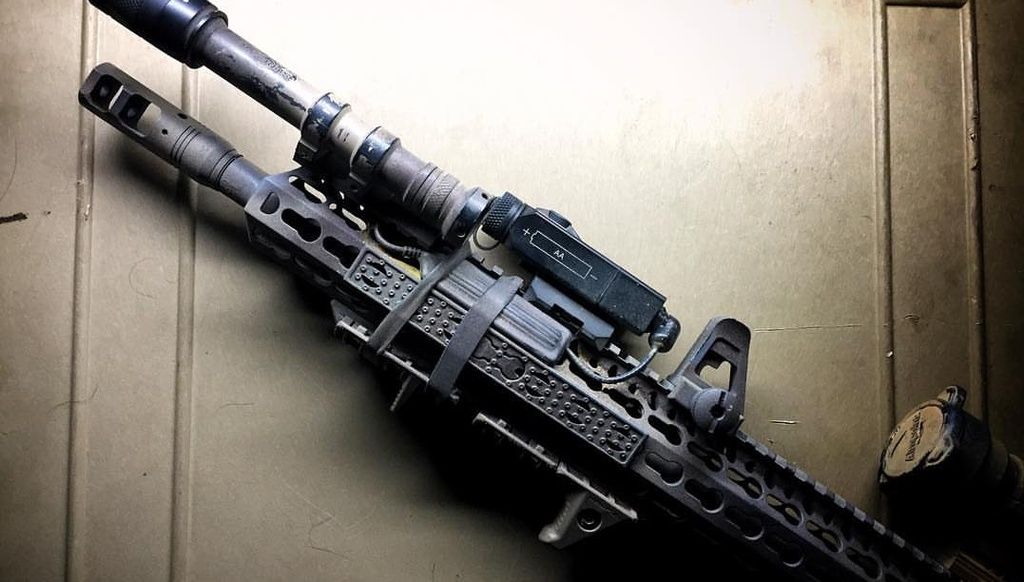




Comment